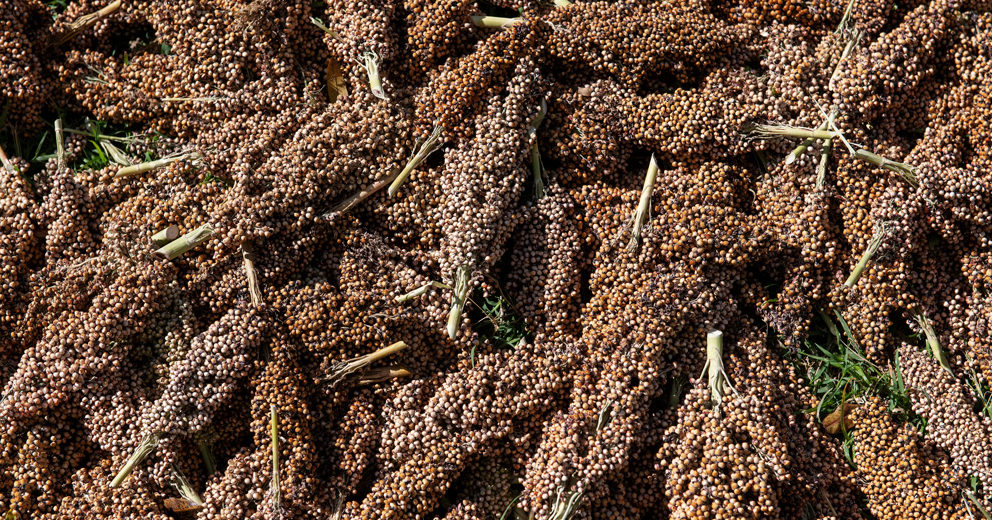We often use the expression “You are what you eat”, but in reality, we don’t absorb everything from our food. Our bodies have a way to move nutrients and minerals, ensuring that we absorb just the amount we need and get rid of the surplus that, if accumulated, can be harmful.
Our capacity to absorb minerals depends on their form when we ingest them. For example, many foods contain iron organically, compared to dietary supplements and fortification powders where iron is present in inorganic form. Our intestines have difficulty absorbing inorganic iron. It is also important to point out that our meals contain several nutrients at the same time and that those interact with each other. For example, copper and zinc compete with iron, but vitamin C and vitamin A will stimulate its absorption.
How to get enough iron?
Iron deficiency is the most common micronutrient deficiency in the world. Pregnant women and growing children are especially susceptible to this type of deficiency. If an infant lacks iron it can lead to poorer cognitive and socio-emotional functions later in life. Iron deficiency can lead to heart problems, weak immune system as well as complications during pregnancy.
Generally, it’s easier for us to absorb iron from animal-based foods than from plant-based. Vitamin C helps us to absorb iron, while inhibitory factors and anti-nutrients (natural or synthetic compounds that interfere with the absorption of nutrients) like tannins and phytate work in reverse.
Whole grains with a high amount of minerals also contain high amount of phytic acid. Phytic acid is an anti-nutrient with a strong binding affinity to dietary minerals like iron, zinc, calcium and magnesium. Phytic acid binds minerals, forming chemical compounds called insoluble precipitates, which our gut cannot absorb. However, the food industry can reduce the presence of anti-nutrients in whole grains with adequate treatment and produce food products high in minerals.
Learn more about these techniques in our online training about improving the value chains of traditional grains from farm to table.


